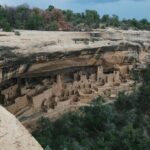Quick Bits:
Nestled in the heart of Wyoming, Grand Teton National Park is a crown jewel of the American wilderness. This park is famed for its stunning mountain ranges, pristine alpine lakes, and diverse wildlife. It attracts millions of visitors annually, offering a slice of nature’s grandeur.
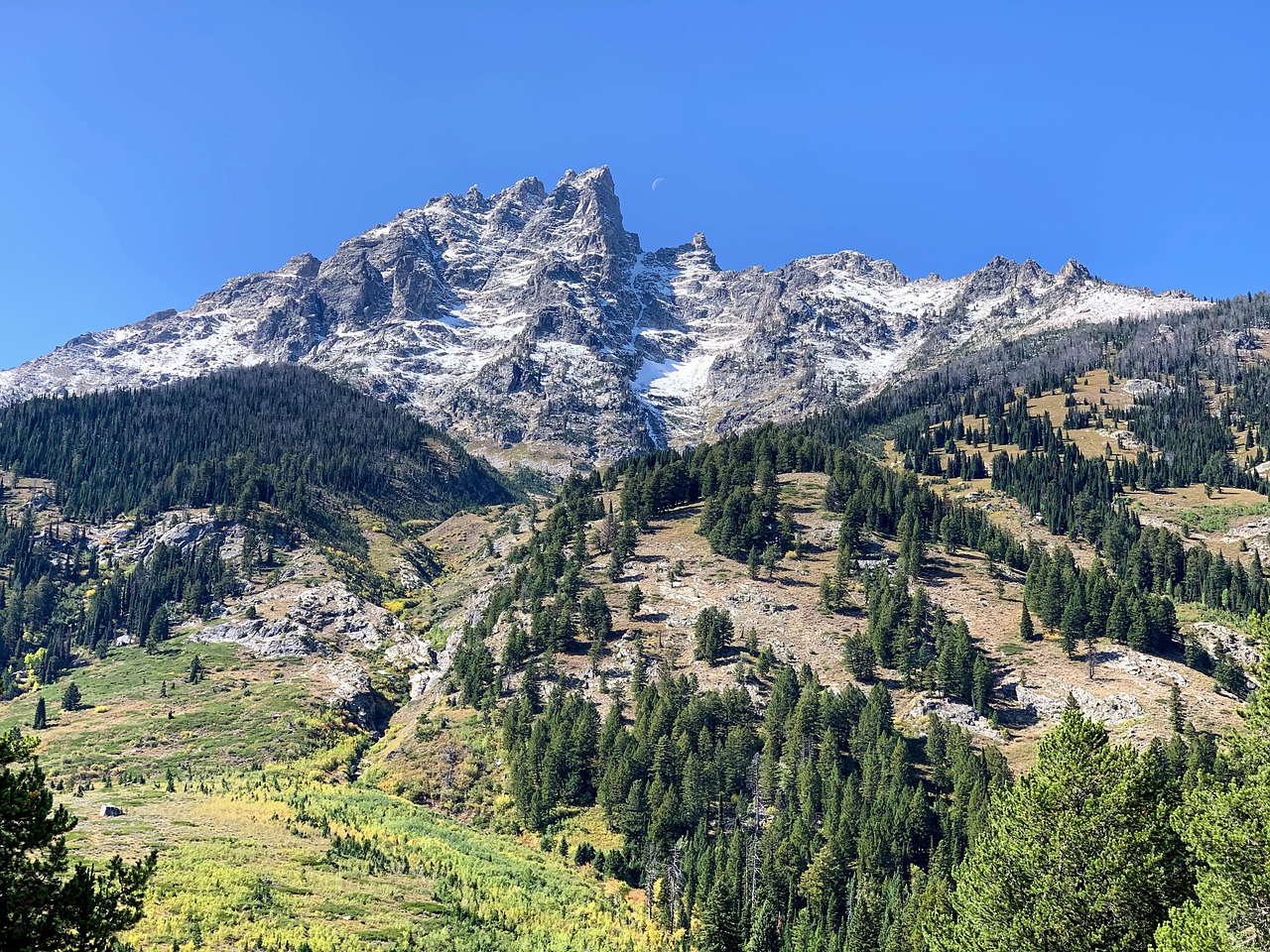
Key Highlights
- Spectacular Peaks: Home to the towering Teton Range, including Grand Teton, the park’s namesake, which rises to 13,775 feet.
-
Outdoor Activities: Offers hiking, climbing, fishing, kayaking, and wildlife viewing.
-
Rich Ecosystem: Features more than 300 bird species, elk, moose, and bears.
-
Jackson Hole: A picturesque valley with abundant history and recreational opportunities.
-
Historical Sites: Preserves remnants of early settlers and Native American heritage.
General Information
Grand Teton National Park was established in 1929 and spans over 310,000 acres. It lies just south of Yellowstone National Park and forms part of the Greater Yellowstone Ecosystem. Visitors can experience a mix of dramatic landscapes, from rugged peaks to lush meadows and glistening rivers.
Park facilities include visitor centers, campgrounds, and lodges. The nearby town of Jackson offers additional accommodations, dining, and cultural attractions.
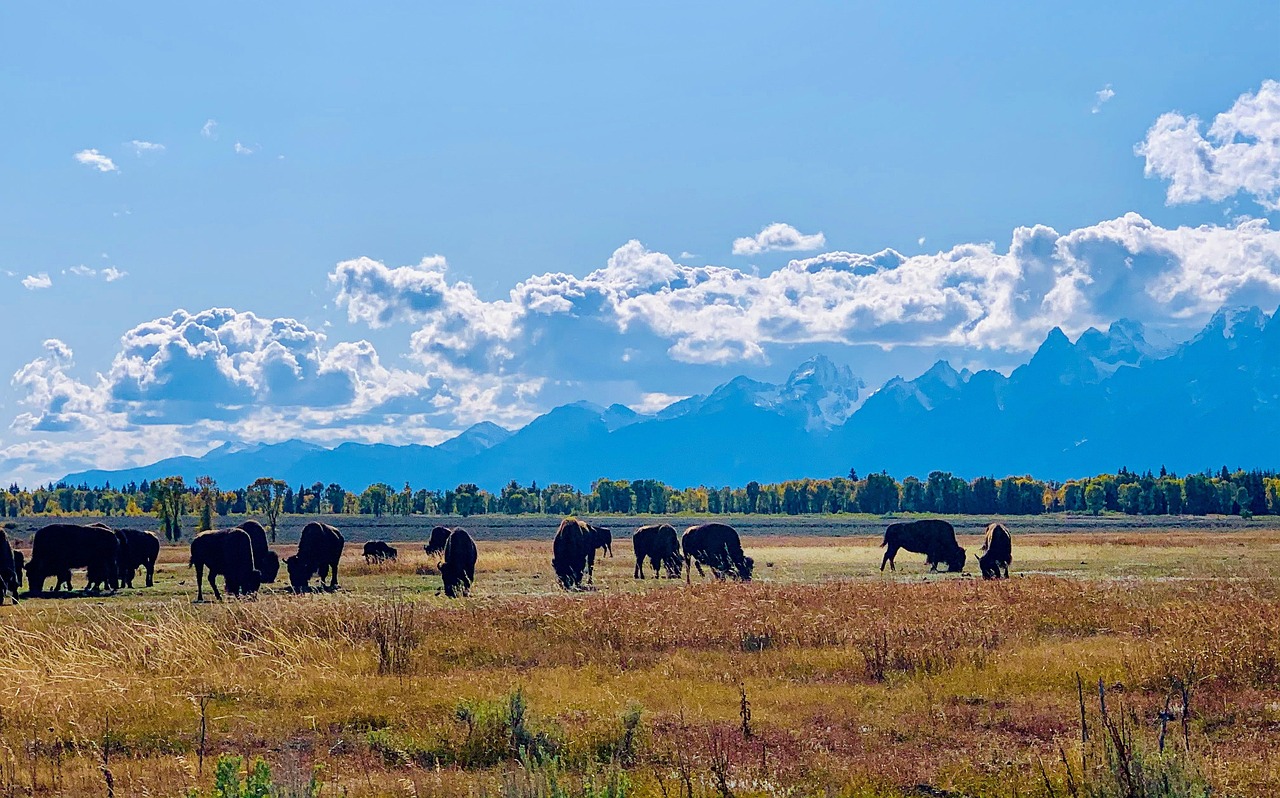
Geography Information
The park’s geography is dominated by the Teton Range, a fault-block mountain range that rises sharply from the valley floor. Unlike many ranges, the Tetons lack foothills, creating a dramatic skyline. Glacial activity carved out the valleys, creating stunning features such as Jenny Lake and Jackson Lake.
-
Elevation: Ranges from 6,320 feet in the valley to 13,775 feet at Grand Teton’s summit.
-
Rivers: Includes the Snake River, a lifeline for the region’s ecosystem.
-
Lakes: Highlights include Jenny Lake, Leigh Lake, and Jackson Lake.
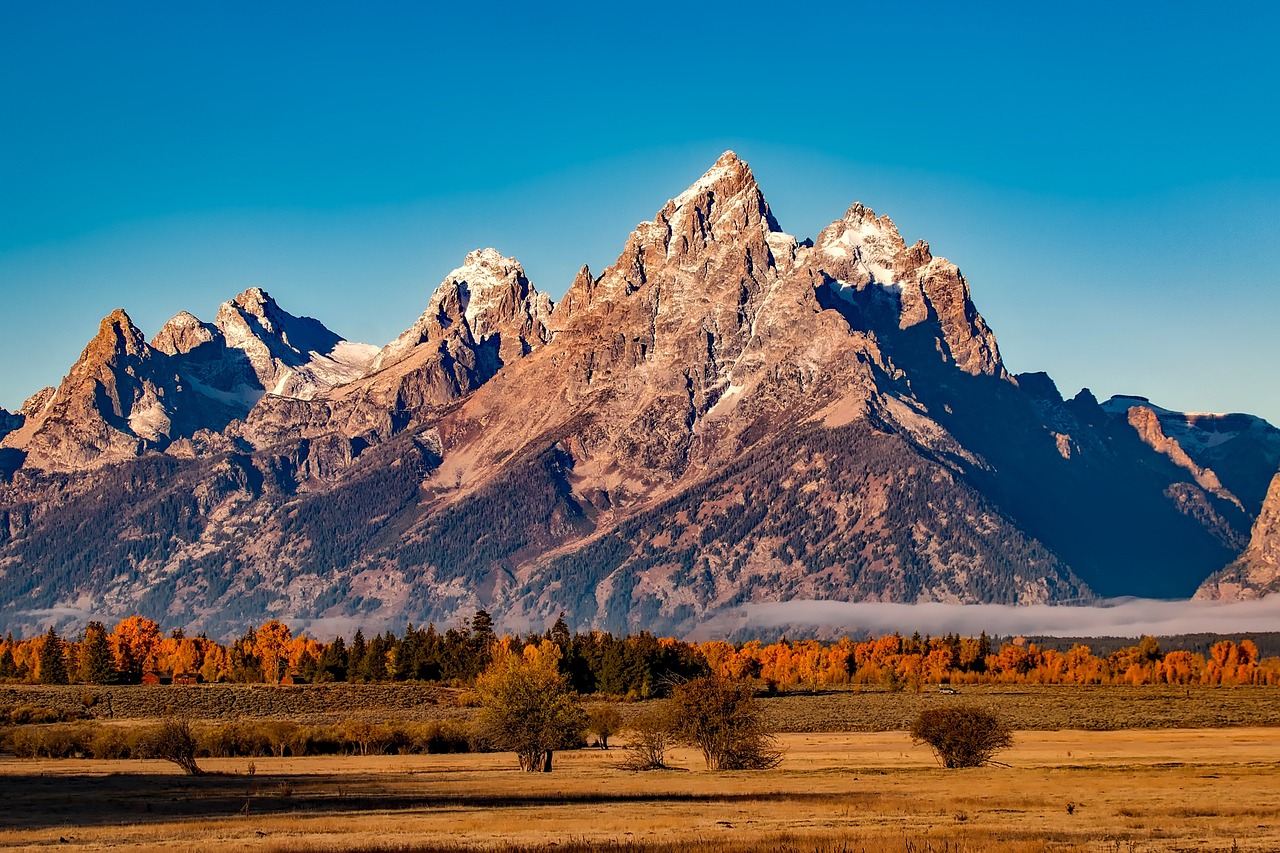
Places to Visit
1. Jenny Lake: A hub for hiking and boating. Trails around the lake lead to stunning views and Hidden Falls.
2. Snake River: Perfect for scenic rafting and fishing trips. The river also offers iconic photo opportunities.
3. Signal Mountain: A drive to the summit reveals panoramic views of the Teton Range and Jackson Hole.
4. Schwabacher Landing: A serene spot ideal for sunrise photography, with reflections of the Tetons in calm waters.
5. Mormon Row: Historic homesteads that showcase the area’s early settler history, with the Tetons as a backdrop.
6. Taggart Lake Trail: A moderately easy hike with breathtaking views of the peaks and surrounding forest.
7. Colter Bay Village: Offers museums, a marina, and access to Jackson Lake
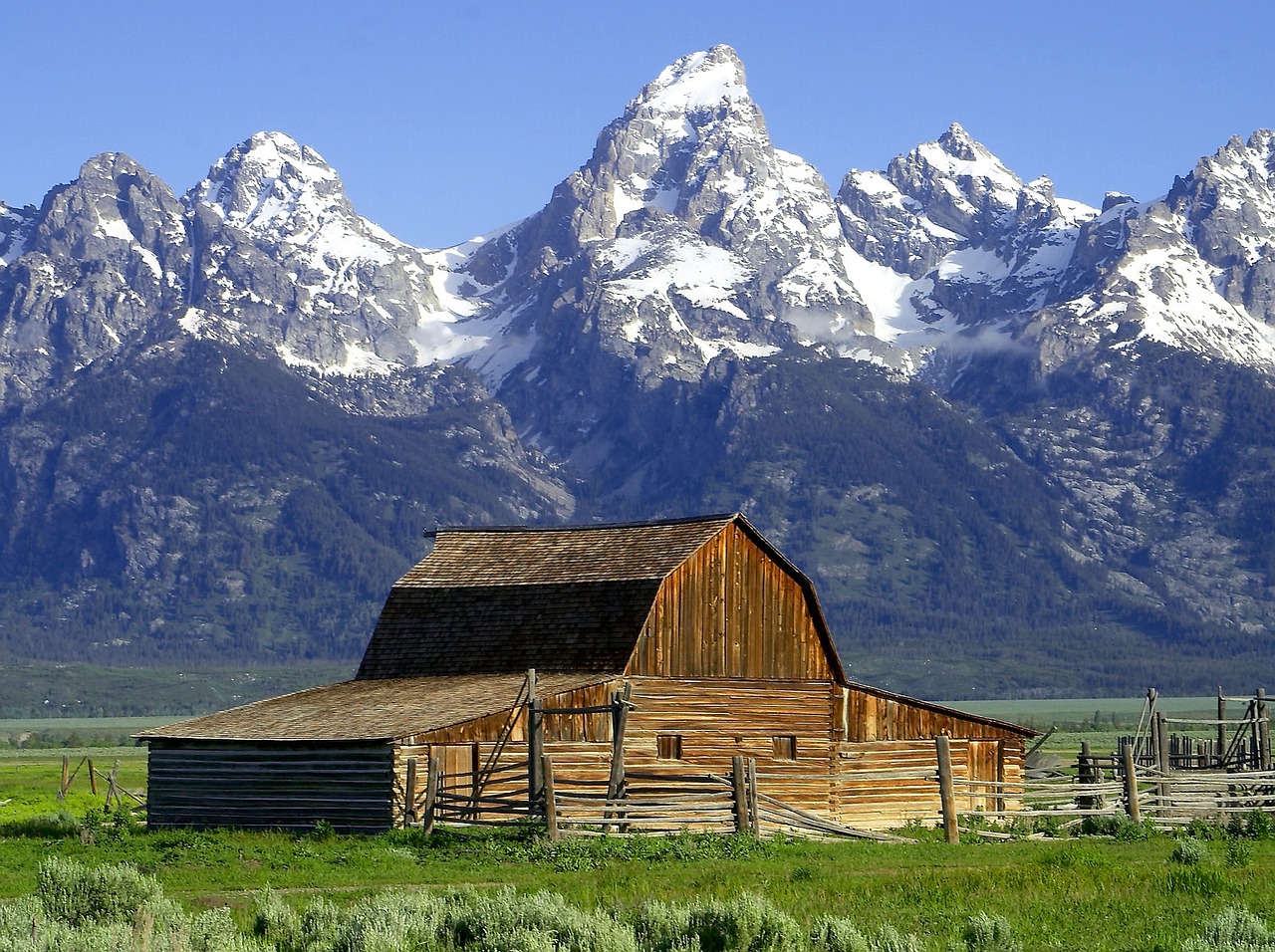
Yearly Climate
The park’s climate varies significantly with the seasons:
-
Spring (March-May): Temperatures range from 20°F to 60°F. Snow begins to melt, creating a lush landscape.
-
Summer (June-August): The most popular season, with temperatures between 40°F and 80°F. Days are warm and nights are cool.
-
Fall (September-November): Crisp air and vibrant foliage dominate, with temperatures from 20°F to 70°F.
-
Winter (December-February): Snow blankets the park, offering opportunities for skiing and snowshoeing. Temperatures can drop below 0°F
Best Time of Year to Visit
Late spring to early fall is the ideal time to visit Grand Teton National Park. From June to September, trails are snow-free, and wildlife is active. July and August are the warmest months, perfect for outdoor activities. For fewer crowds and picturesque autumn colors, visit in September or early October.
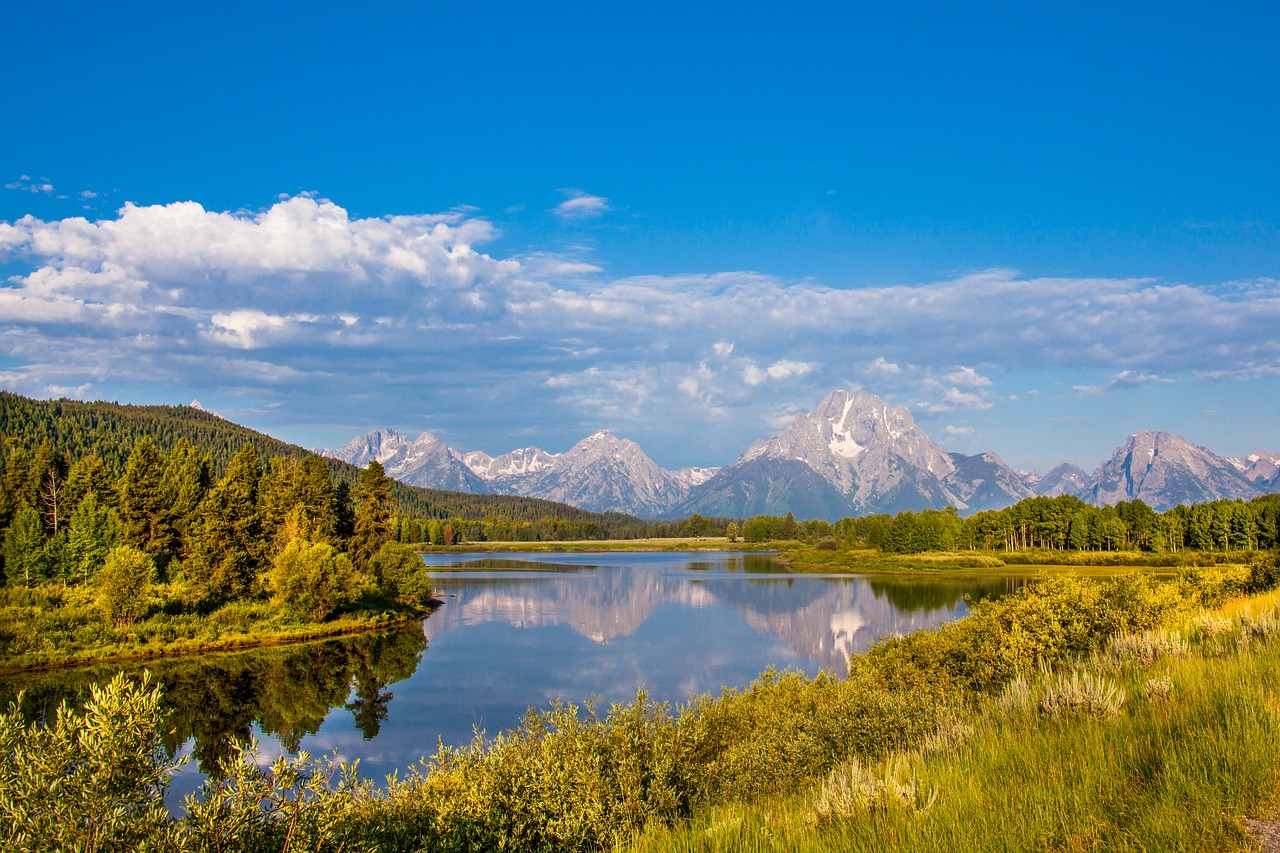
In Summary…
Grand Teton National Park is a treasure trove of natural beauty and outdoor adventure. Its striking peaks, tranquil lakes, and vibrant ecosystem make it a must-visit destination. Whether you’re a hiker, photographer, or nature enthusiast, the park offers endless opportunities to connect with the great outdoors.





